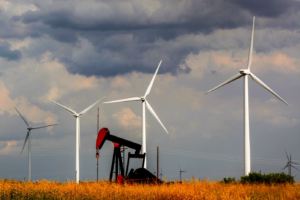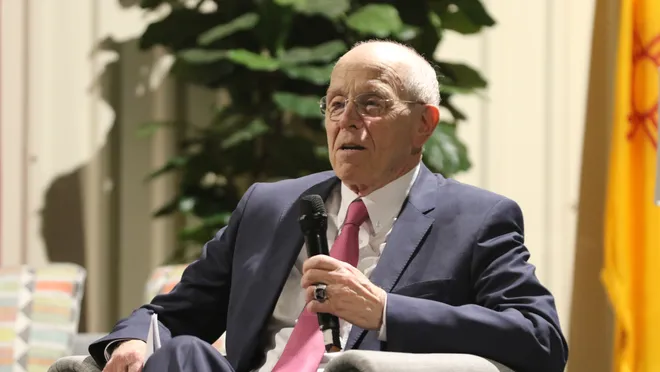 Some climate-focused technologies could help solve the problem
Some climate-focused technologies could help solve the problem
It’s becoming harder for the U.S. to ignore the very real effects of global climate change — and despite the efforts of naysayers, it’s not a push to renewables that’s to blame for the outages sweeping the nation. It’s the country’s energy infrastructure.
Severe weather conditions caused by global warming have now caused massive blackouts across some of the largest cities in the United States. The inability of the U.S. power grid to withstand the stresses caused by extreme weather events shows that the nation needs a massive investment plan to upgrade energy infrastructure in an effort to make it more resilient.
These problems are now painfully apparent to the 29 million residents of Texas who are now subject to rolling blackouts caused by the frigid weather sweeping across the country.
The Electric Reliability Council of Texas said it had “entered emergency conditions and initiated rotating outages at 1:25 a.m. today,” in a statement. The Texas grid shed 10.5 gigawatts of load — or enough to power 2 million homes at its peak.
“Extreme weather conditions caused many generating units – across fuel types – to trip offline and become unavailable,” the energy provider said in a statement.
Part of the problem lies with natural gas generators that supply much of the power to the grid in Texas, according to Princeton professor Jesse Jenkins, who has a joint appointment in the Department of Mechanical and Aerospace Engineering and the Andlinger Center for Energy and Environment.
Citing a market participant, Jenkins noted on Twitter that roughly 26 gigawatts of thermal energy is offline because natural gas is being diverted to provide heat instead of power. Only about 4 gigawatts of wind is offline because of icing, Jenkins noted.
The current blackouts have nothing to do with renewables and everything to do with cold weather slowing down natural gas production because of freeze-offs and spiking demand for heating at the same time.
As Dr. Emily Grubert, an assistant professor of Civil and Environmental Engineering and, by courtesy, of Public Policy at the Georgia Institute of Technology, noted, the problem is more of a total systems issue than one associated with renewable power.
“Let us be absolutely clear: if there are grid failures today, it shows the existing (largely fossil-based) system cannot handle these conditions either,” Grubert wrote on Twitter. “These are scary, climate change-affected conditions that pose extreme challenges to the grid. We are likely to continue to see situations like this where our existing system cannot easily handle them. Any electricity system needs to make massive adaptive improvements.”
Renewable energy and energy storage can potentially provide a solution to the problem and help contribute to a more resilient grid. Residential energy developer Swell Energy raised $450 million in financing late last year to begin development of several projects across three states that would pair distributed, residential solar energy generation with battery storage to create what are called virtual power plants that can ease stress on energy grids in times of increased demand.
“Utilities are increasingly looking to distributed energy resources as valuable ‘grid edge’ assets,” said Suleman Khan, CEO of Swell Energy, in a statement, at the time of the announcement. “By networking these individual homes and businesses into virtual power plants, Swell is able to bring down the cost of ownership for its customers and help utilities manage demand across their electric grids.”
Other companies, like Evolve Energy or Griddy, try to help consumers manage costs by charging them wholesale rates for power. Those companies can only be economical when the rates for wholesale power are low. Right now, with demand for power skyrocketing, prices for energy in the ERCOT have surged above $5,000 per MW and hit the $9,000 cap in many nodes, according to Bloomberg Energy reporter Javier Bias.
The blackouts in Texas today and in California in January show that the current grid in the United States needs an overhaul. Whether it’s heavily regulated markets like California or a free market like Texas, current policy can’t stop the weather from wreaking havoc and putting people’s lives at risk.




0 Comments